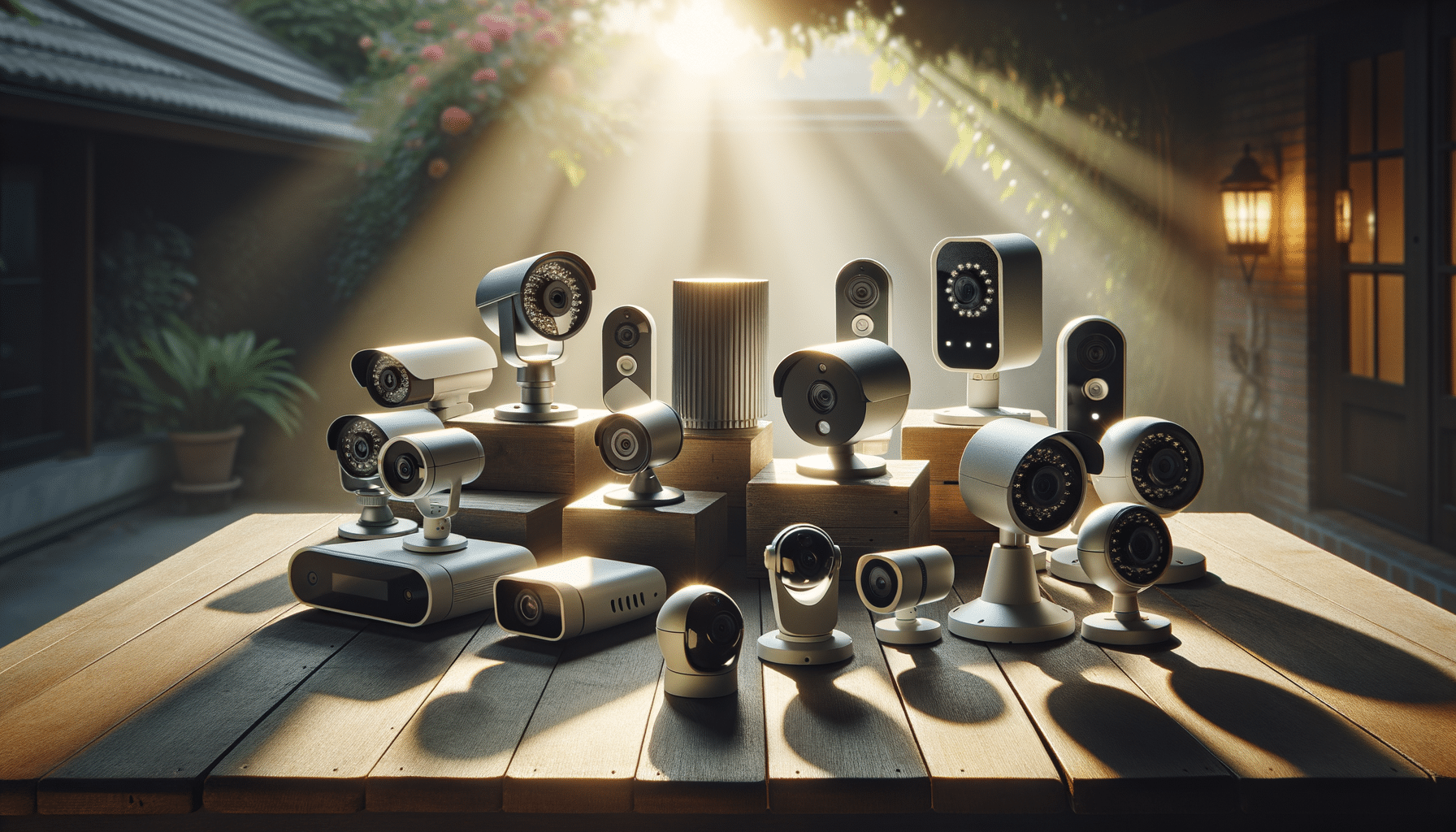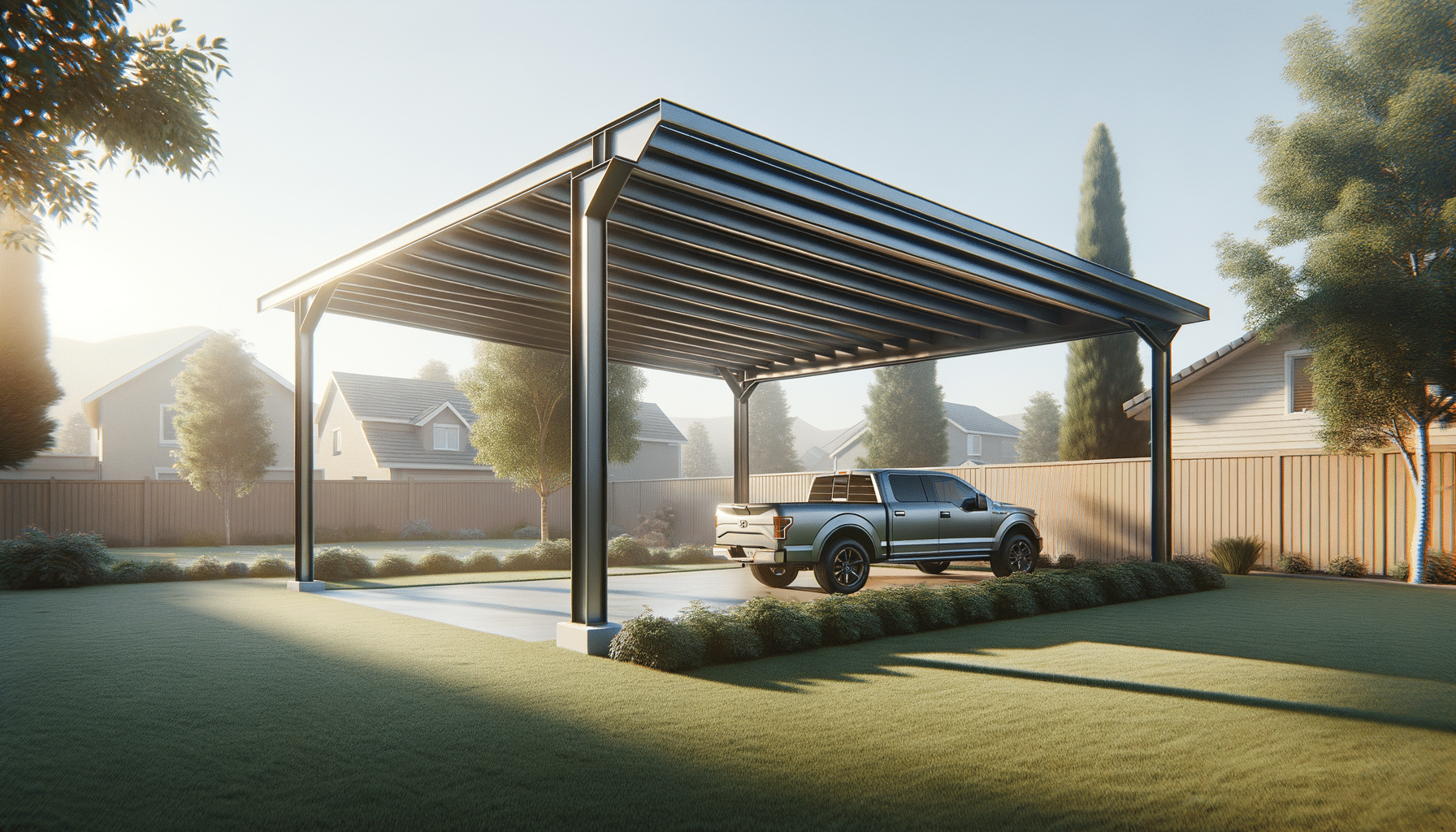
Exploring the Varieties of Security Cameras: Indoor, Outdoor, and Wireless
Introduction to Security Cameras
In today’s world, security cameras have become an integral part of safeguarding our homes and businesses. With advancements in technology, security cameras are now more accessible, efficient, and easier to install. Whether you’re looking to monitor indoor activities, keep an eye on the perimeter of your property, or enjoy the flexibility of wireless systems, there’s a security camera solution tailored to your needs. This article explores the various types of security cameras, focusing on indoor, outdoor, and wireless options, to help you make an informed decision.
Indoor Security Cameras: Keeping an Eye on the Inside
Indoor security cameras are specifically designed to monitor the activities within the confines of a building. These cameras are crucial for keeping an eye on valuables, monitoring children or pets, and ensuring the safety of the occupants. Many indoor cameras come equipped with features such as motion detection, night vision, and two-way audio, allowing users to communicate with individuals on the other side.
The placement of indoor cameras is of paramount importance. Strategic locations include entryways, hallways, and common areas. It’s essential to respect privacy concerns, so avoid placing cameras in private spaces like bathrooms or bedrooms. Indoor security cameras often boast sleek, compact designs that blend seamlessly with home décor, ensuring they do not disrupt the aesthetic appeal of the space.
Moreover, indoor cameras are often integrated with smart home systems, allowing for easy access and control via smartphones or tablets. This integration enables real-time monitoring and alerts, ensuring that users are immediately informed of any suspicious activity. With the right indoor security camera setup, homeowners can enjoy peace of mind knowing that their indoor spaces are well-protected.
Outdoor Security Cameras: Fortifying the Perimeter
Outdoor security cameras are essential for monitoring the exterior of a property. These cameras are designed to withstand harsh weather conditions and provide a robust line of defense against potential intruders. Key features of outdoor cameras include weatherproof casings, wide-angle lenses, and infrared night vision, ensuring that they capture clear images regardless of lighting conditions.
Positioning outdoor cameras requires careful consideration to maximize their effectiveness. Common installation points include entrances, driveways, and backyards. It’s important to ensure that the cameras cover all vulnerable areas and have unobstructed views. Some outdoor cameras come with advanced features like motion-activated lights and alarms, which can deter potential threats before they escalate.
Outdoor security cameras can be wired or wireless, with each option offering distinct advantages. Wired cameras offer a stable connection, while wireless cameras provide flexibility in placement. Regardless of the choice, outdoor cameras are integral in creating a comprehensive security network that protects the perimeter of a property.
Wireless Security Cameras: Embracing Flexibility
Wireless security cameras offer unparalleled flexibility and ease of installation. These cameras are ideal for those who prefer a DIY approach to security. Without the need for extensive wiring, wireless cameras can be installed in minutes and repositioned as needed. This flexibility makes them an attractive option for renters or those who frequently move.
The primary advantage of wireless security cameras is their connectivity options. Most wireless cameras connect to a home Wi-Fi network, allowing users to access live feeds and recordings through mobile apps. This capability enables users to monitor their property remotely, receiving instant notifications of any unusual activity.
Despite their convenience, wireless cameras rely on battery power or solar energy, so it’s crucial to ensure they remain charged. Some models feature rechargeable batteries, while others offer solar panels for continuous power. Additionally, wireless cameras may have limitations in terms of range and signal interference, but advancements in technology continue to improve their reliability and performance.
Conclusion: Choosing the Right Security Camera for Your Needs
When it comes to selecting security cameras, it’s essential to consider your specific security requirements and the environment in which the cameras will be used. Indoor cameras are perfect for monitoring internal activities, outdoor cameras protect the perimeter, and wireless options offer flexibility and ease of installation. Each type of camera has unique features and benefits that cater to different security needs.
By understanding the capabilities and limitations of each type of security camera, you can create a comprehensive security system that effectively safeguards your property. Whether you’re looking to enhance the security of your home or business, investing in the right security cameras is a crucial step towards ensuring peace of mind.


